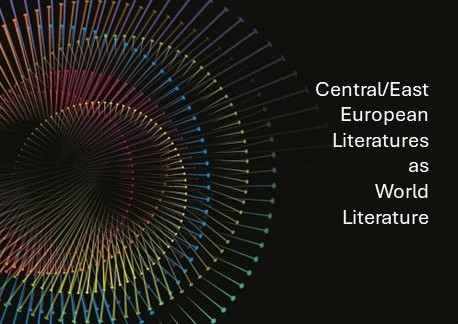The following two chapters from the volume Hungarian Literature as World Literature were based on data-driven quantitative research, and produced additional, supplementary materials that could not easily be included within the print edition, due to limitations of space.
Here we can provide access to some of the data generated by these projects, as well as more visualizations and analysis for each case study.
Case Study 1: Foreign Authors in Early Twentieth Century periodicals
These materials supplement chapter "Looking for the World in Hungarian Literature: Foreign Authors in Early Twentieth-Century periodicals," co-authored by Jessie Labov, Szilvia Maróthy, and Róbert Péter. It offers a comparison of the distribution of foreign authors in two early twentieth-century periodicals, A Hét: Társadalmi, irodalmi és művészeti közlöny („The Week: Social, literary, and artistic journal”, 1890-1924), and Nyugat („West”, 1908-1941). This case study allows us to see the imprint of world literary authors inside of two of the most important spaces of literary expression, and how these patterns of publication changed over time.
Case Study 2: Translationscapes and World Systems
András Kiséry and Péter Király's chapter, "The Worlds of Hungarian Literature: Translationscapes and World Systems" explores the metadata of all published translations of Hungarian literary texts into other languages in the period between 1800-2009. The data is derived from two sources: Tibor Demeter and Rózsa Óvári Demeter: Bibliographia Hungarica (-1978), and UNESCO's Index Translationum. This chapter traces the changes in the shape of Hungarian literature as seen from the outside, through the prism of translations: what authors were translated into what languages in each decade.
